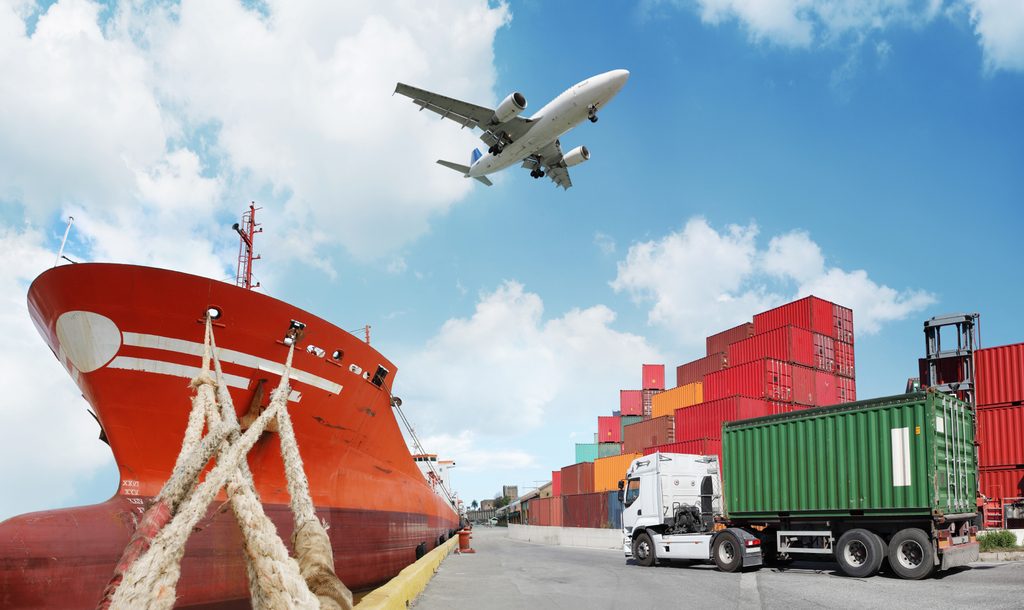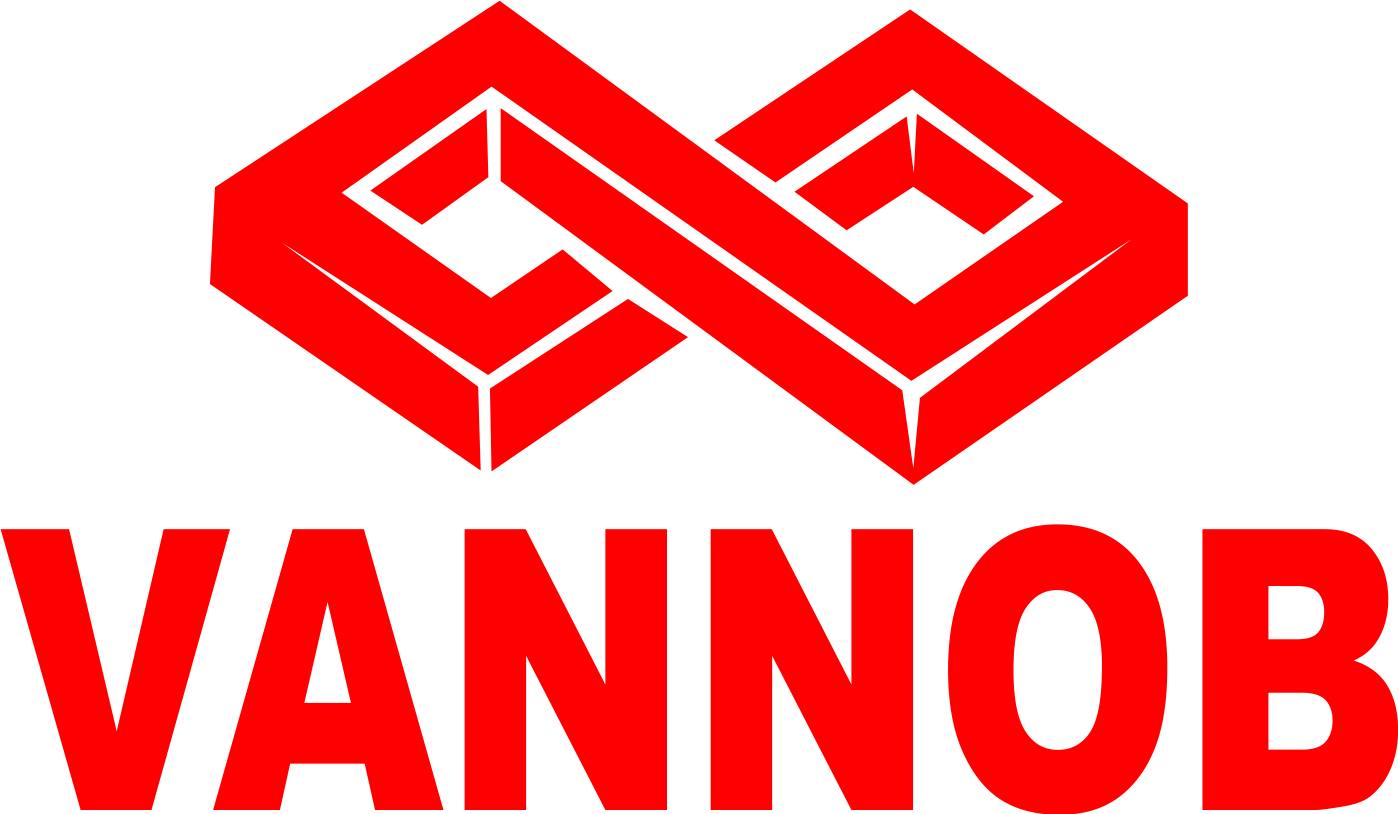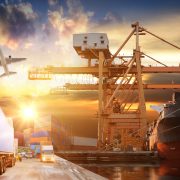Vannob Ventures help make trade across borders (imports and exports) faster, and cheaper and more predictable, whilst ensuring its safety and security. In terms of focus, it is about simplifying and harmonizing formalities, procedures, and the related exchange of information and documents between the various partners in the supply chain.
A more efficient and transparent delivery of public services allows us to maintain high security levels and effective government control, while diminishing opportunities for corruption.
Traders gain in terms of higher predictability and speed of operations and lower transaction costs, resulting in more competitive exports on global markets.

How It Work
International trade transaction encompasses all activities related to the establishment of commercial contracts (commercial procedures), the arrangement of inland and cross-border transportation of goods (transport procedures), the export and import formalities to meet regulatory requirements (regulatory procedures), and the payment for purchased goods (financial procedures). These activities involve “collecting, presenting, communicating, and processing the data required for the movement of goods.1 ” They require cooperation between many actors, including exporters/traders, government agencies and service providers from different countries.
Procedures
Commercial Procedure
- Establish Contract
- Order Goods
- Advise on deliveries
- Request Payment
Transport Procedures
- Establish Transport Contract
- Collect, Transport and Deliver Goods
- Provide waybill, goods receipt and status report
Regulatory Procedures
- Obtain export/import Licenses etc.
- Provide Customs declaration.
- Provide Cargo declaration.
- Apply trade security Procedures
- Clear goods for import/export.
Benefits
Vannob Ventures is here to eliminate bottlenecks and complexities of the international trade. Various definitions
that have been adopted reflect different trade facilitation measures. They include:
- The simplification of trade procedures and, where possible, elimination of unnecessary
and duplicate ones; - The harmonization of trade procedures with international recommendations, best practices,
and standards; - The simplification and standardization of documents required for the international trade
transaction; - The harmonization and standardization of information and information flows associated
with the international trade transaction; - The effective and efficient sharing of trade and transport related information among
relevant stakeholders of the international supply chain; - The use, standardization, and improvement of physical infrastructure and facilities; and
The harmonization of applicable laws and regulations with international standards


